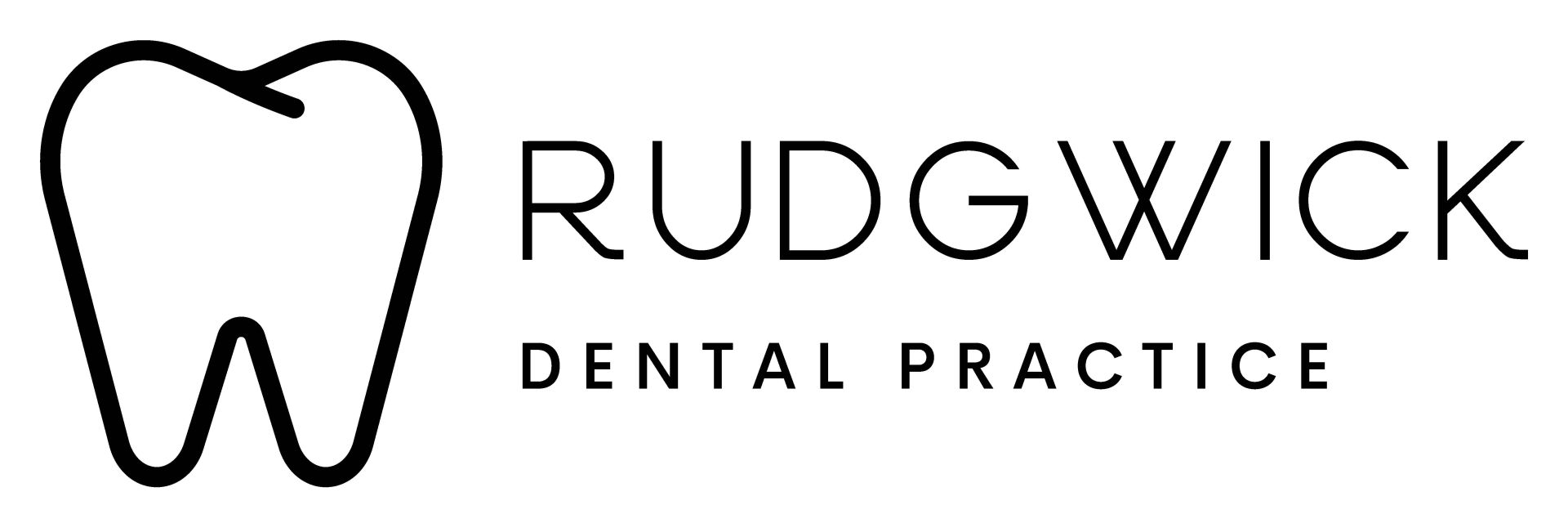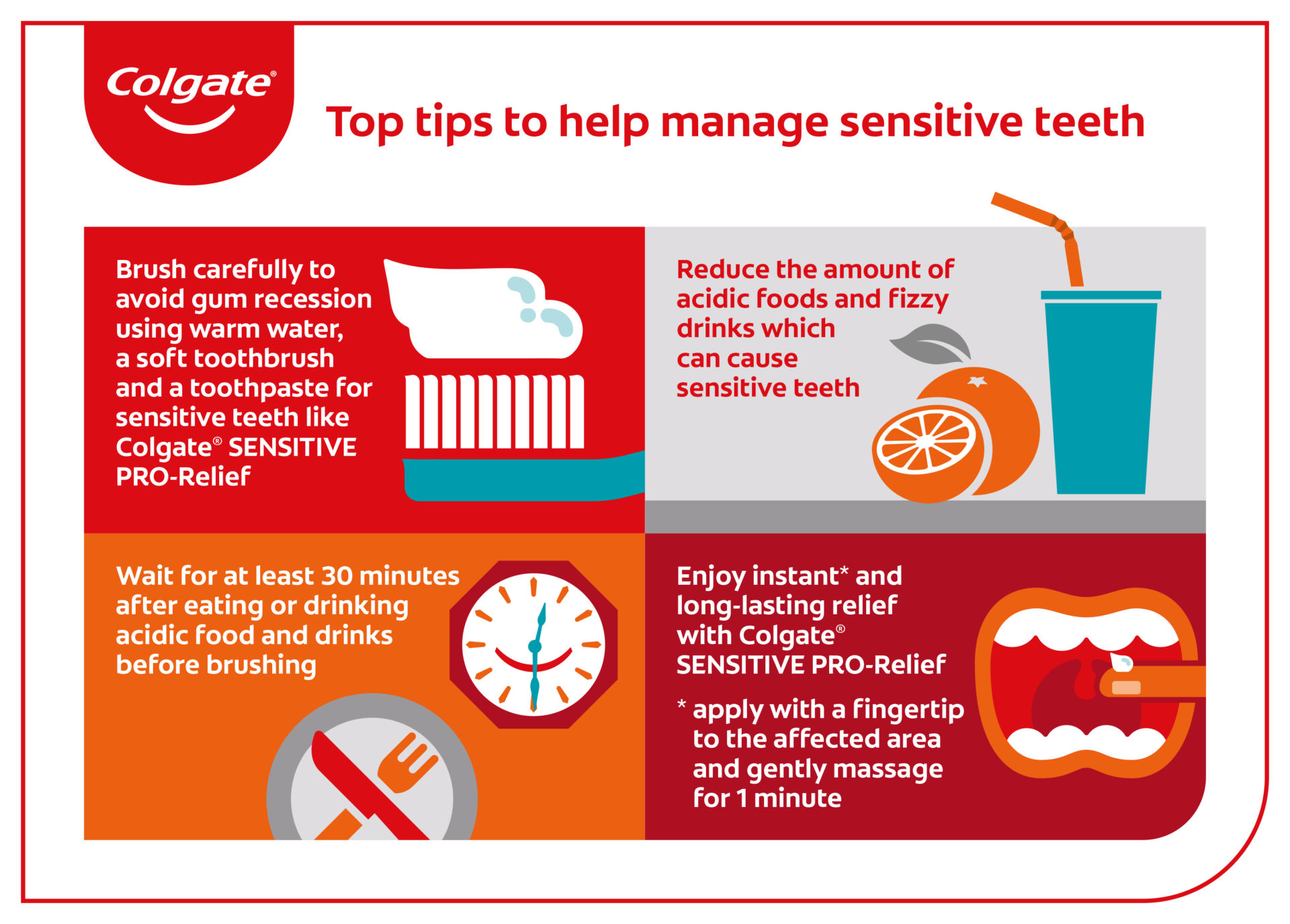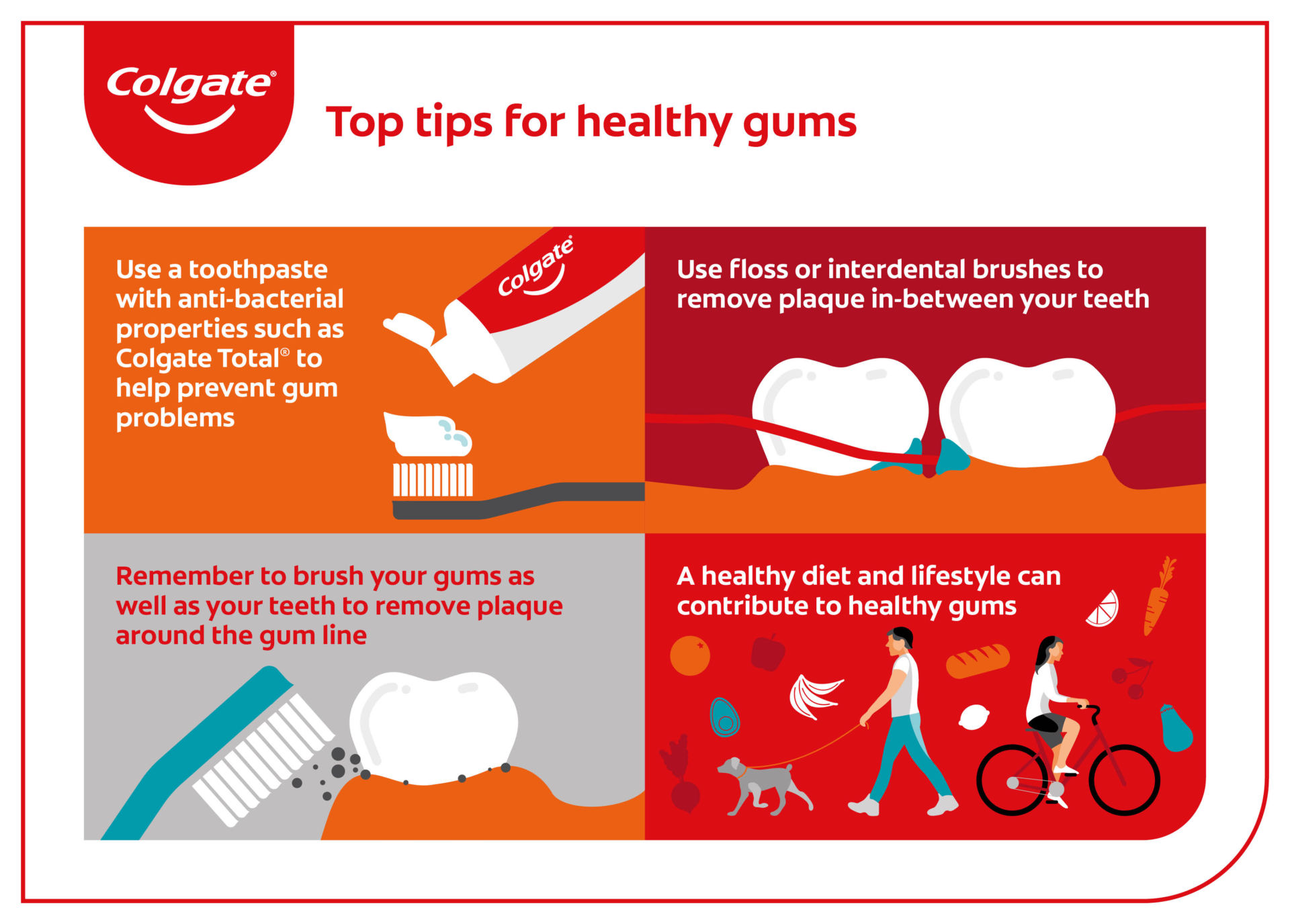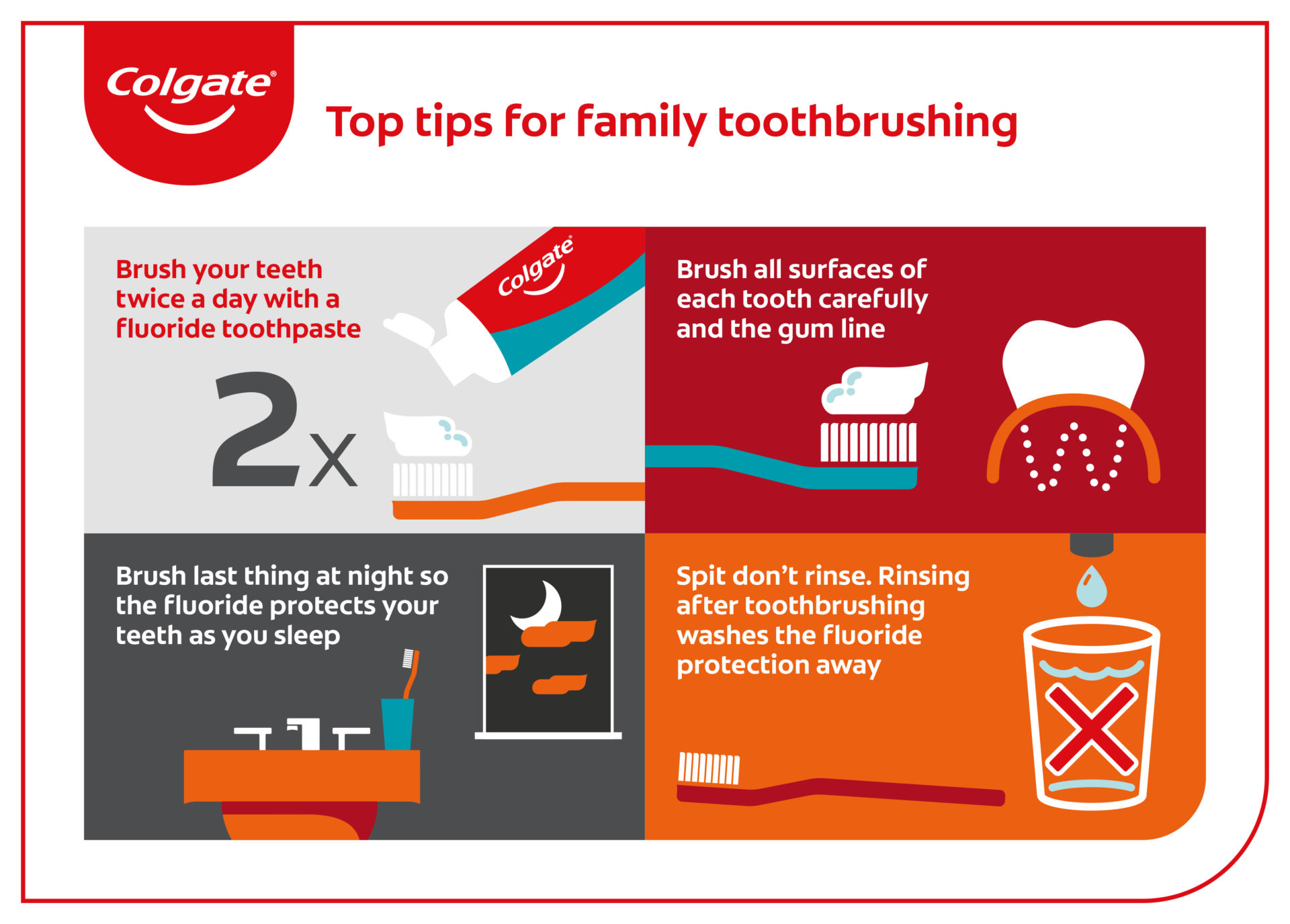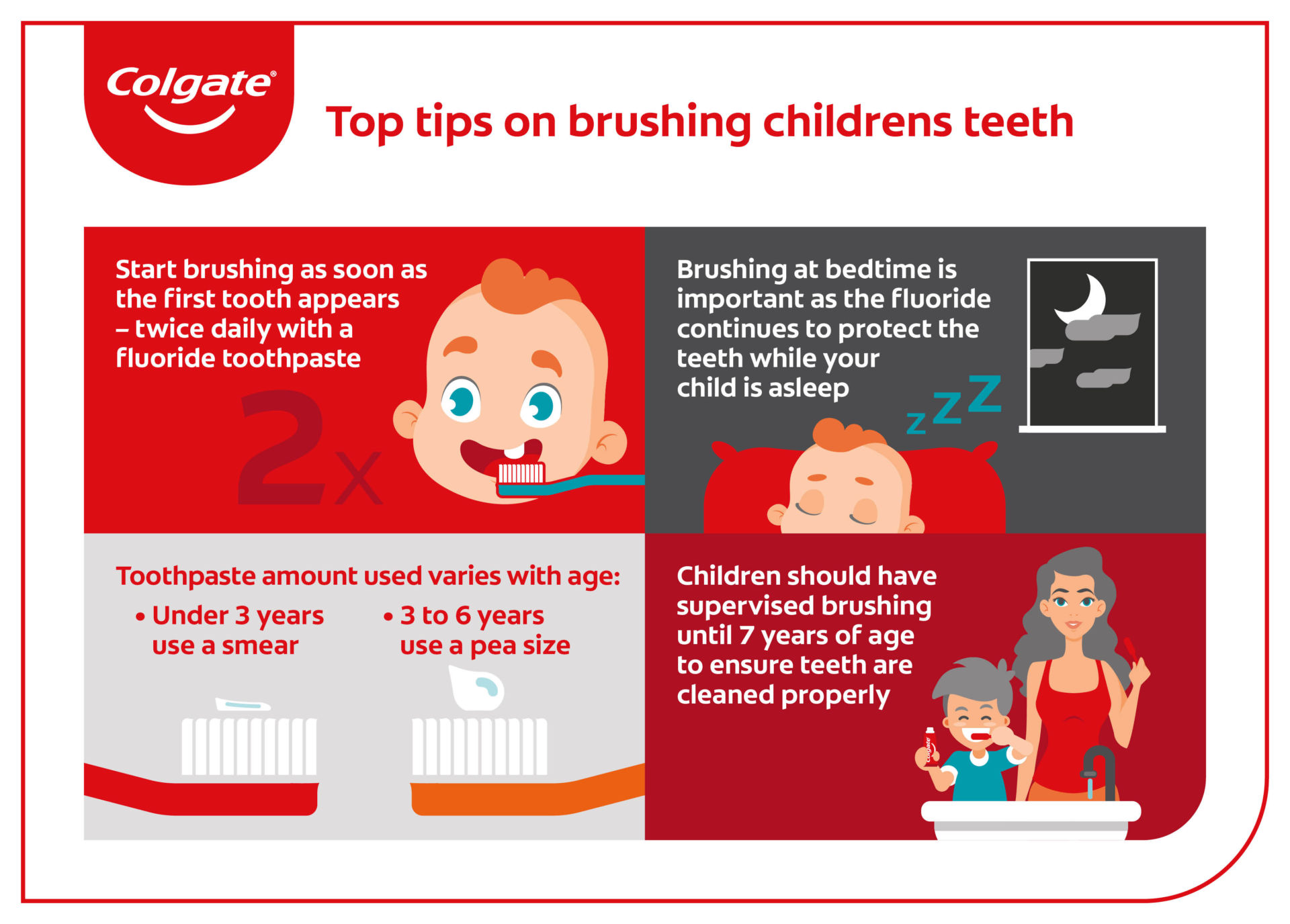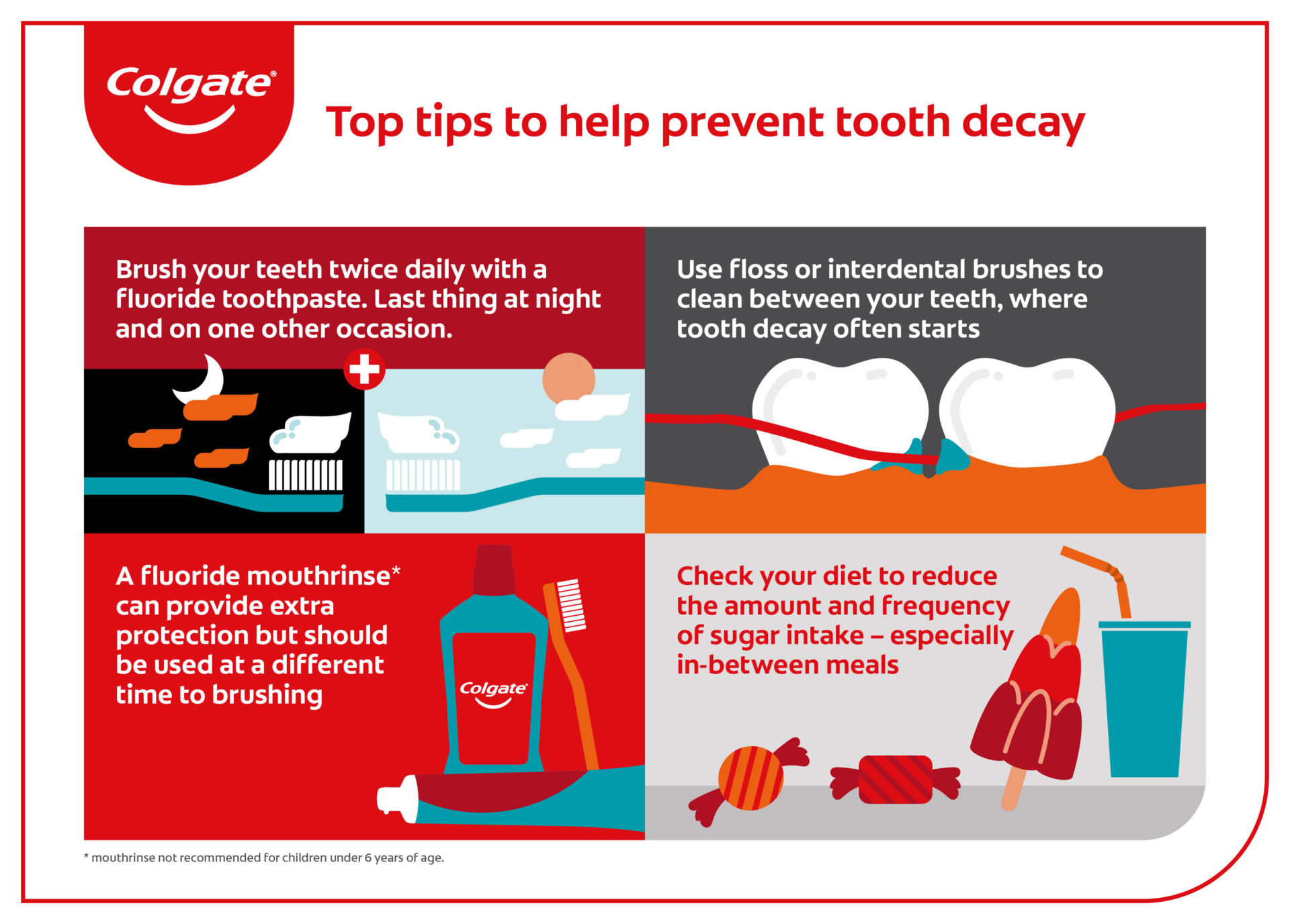Source: Homecare-Doc-25_3_20-update-Becky-Davies.pdf
Managing Toothache during COVID-19
Rudgwick Dental Practice is open and offering telephone triage consultations for any dental problems. If you have a dental problem during our opening hours, please call the practice on 01403 823991 and a member of the team will (after taking a few details) organise for a dentist to call you. During this consultation, our dentist will discuss your dental problem and the best options for treatment: this may include, self help advice, medication, or a face to face consultation or referral.
If you have not been to the practice before and live outside the local area (or have difficultly accessing you own transport) you may find that the Dental Helpline can organise for a local dentist to you to speak to you. The Dental Helpline is open from 8.00 – 16.00, Monday to Friday, and can be contacted on 0300 123 1663
If you have an urgent dental problem outside normal opening hours then please click here for out of hours advice.
If you are not able to see a dentist immediately there are a few things you can try, to manage pain, until you can.
If you have a swelling on your face, have difficulty swallowing or have experienced significant dental trauma, this requires urgent professional attention so contact us immediately during opening hours, or 111 out of hours.[/vc_column_text]
Self help advice
[/vc_row]
Self help advice
Pain from teeth;
Decay is a bacterial infection of a tooth. If the bacteria gets close to the nerve in a tooth, it can cause the tooth to be acutely sensitive. As the infection causing inflammation of the nerve gets worse, the ligaments holding the tooth in position can also get inflamed which causes pain on biting.
If the tooth is acutely sensitive to temperature, antibiotics will not fix this. The decay needs to be removed to allow the tooth to heal. If the bacteria has caused irreversible damage to the nerve in the tooth then a root filling is required or the tooth needs to be extracted.
To help manage toothache until you can visit a dentist, there are a few things that may help reduce the pain
- If there is a cavity in the tooth, a temporary filling material can be packed in to this space. These temporary filling kits are widely available from supermarkets or pharmacies.
- Anti-inflammatory tablets (NSAIDs) can reduce the sensitivity. A combination of ibuprofen and paracetamol has been found to be beneficial if you can take them both. Make sure you don’t exceed the recommended dosage!
- More advice on suitable pain relief options, including for children, can be found here
- If taking anti-inflammatory medication don’t stop taking it when the pain stops (or it will come back again!) You are wanting to reduce the inflammation of the nerve in the tooth which is causing the pain.
- Desensitising toothpaste such as Sensodyne repair and protect or Colgate sensitive pro relief can help.
- Anaesthetic gel such as Orajel applied to the area can help to numb the pain.
- Clove Oil – This essential oil can be found in health food stores and you can apply it onto the painful tooth with a cotton bud. This works well if there is an exposed nerve due to deep decay but for it to work, you need to place it onto the exposed nerve
- Keep your head elevated at night time- When you lie down to go to sleep, the blood pressure in the tooth can increase which increases pain. An extra pillow at night time can help
- Keep the area cold– reducing blood flow to an area will reduce the inflammation and pain. Do not apply ice directly to a tooth as this can increase the pain as toothaches are quite sensitive to hot and cold temperatures
If there is an infection – a swelling next to the tooth or pus discharging;
- Rinse your mouth with warm salty mouthwash to try and draw out the infection into your mouth. Dissolve a spoonful of sea salt in warm water and rinse around your mouth/ hold it in your mouth next to the infected area. Repeat several times until the pain subsides.
- Never put heat externally on your face as this can draw the infection into the tissues in your face causing external swellings.
Pain from gums or wisdom teeth
- If there is bacteria or food debris trapped between the gum and the tooth, this can cause pain.
- Rinse your mouth with warm salty mouthwash to try and draw out the bacteria or food debris. Dissolve a spoonful of sea salt in warm water and rinse around your mouth/ hold it in your mouth next to the infected area. Repeat several times until the pain subsides
- Thoroughly clean the area with floss or a te-pe interdental brush. You could put corsodyl gel onto the brush to help clean the area
- Corsodyl mouthwash can also help (but Corsodyl will stain your teeth so we dont recommend this for long term use)
Pain from ulcers
Mouth ulcers can be a sign of underlying medical conditions such as iron deficiency so shouldn’t be ignored. Any mouth ulcer which doesn’t heal in two weeks should be checked by a dentist.
- To reduce the discomfort, you can try a topical ansesthetic gel such as Orajel
- To help with healing of ulcers, Gengigel can be effective as well as soothing the pain.
Broken teeth
If a tooth or filling has chipped or cracked, this can cause sensitivity from the tooth being exposed or pain to your tongue from sharp edges.
The sensitivity can be reduced by rubbing a de-sensitising toothpaste onto the tooth or placing a temporary filling material over the broken corner until a more definitive filling can be placed. These temporary filling kits are widely available from supermarkets or pharmacies.
Lost crown
Check and clean the crown, best to use a bowl water rather than the sink. If the crown looks hollow that you can attempt to re-cement it if you feel confident to.
Clean you tooth thoroughly and check to see if the crown will fit back on without cement, never force a crown or post back on, this can cause a root fracture. If it doesn’t fit back on easily then store safely and keep your tooth clean until you can see a dentist.
Crowns should only be replaced using dental cement, such as Recapit. Do not use superglue or fixodent. Practice putting on the crown a couple of times without cement and then follow the instructions to re-cement. Remember to bite firmly to press into place and use an interdental brush or floss to remove excess cement.
[/vc_section]
